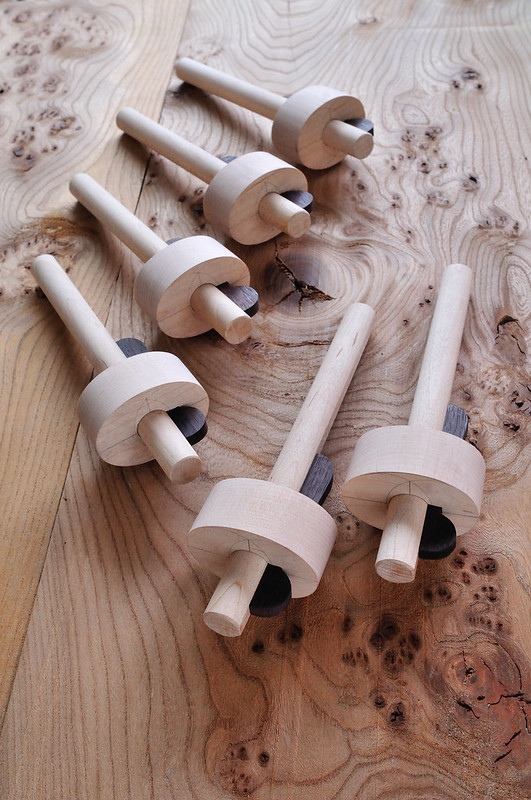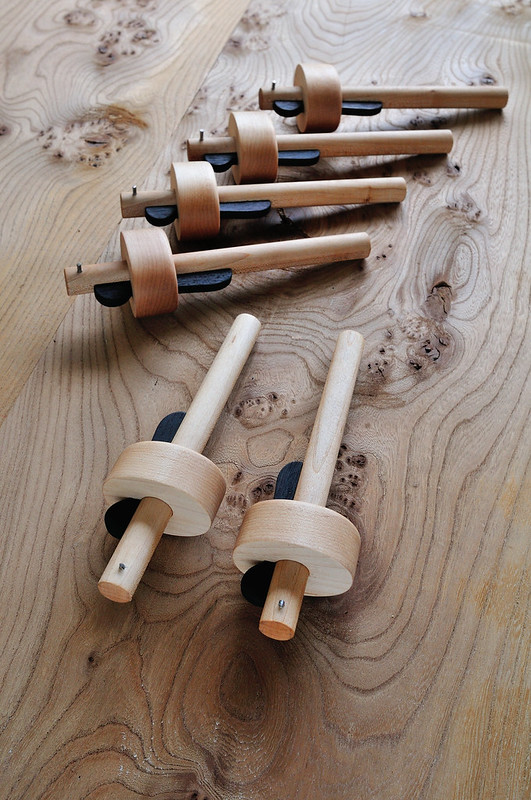sploo
Somewhat extinguished member
I've seen a few references to using "oil and wax" on the wooden parts of hand tools - notably someone talking about removing the shiny varnish from the handles on a Veritas router plane as he preferred the feel of the oil and wax combination.
What I don't know is - what type of oil and wax? I have a variety of oils and waxes, but I suspect that 3-in-1 followed by Liberon lubricating wax isn't what he meant :wink:
The reason for asking is that I scored an old Stanley No 4 1/2 from FleaBay and I'd like to do something with the handles to make them look nice, but also practical for use.
What I don't know is - what type of oil and wax? I have a variety of oils and waxes, but I suspect that 3-in-1 followed by Liberon lubricating wax isn't what he meant :wink:
The reason for asking is that I scored an old Stanley No 4 1/2 from FleaBay and I'd like to do something with the handles to make them look nice, but also practical for use.


































